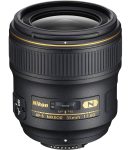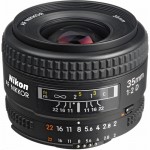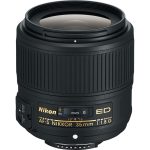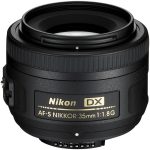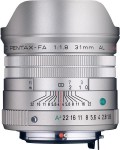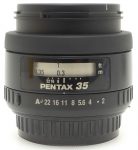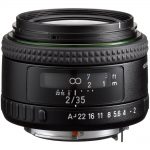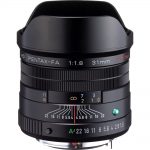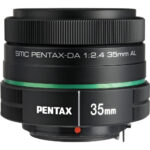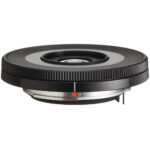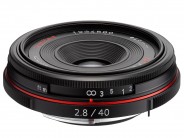Sigma 35mm F/1.4 DG HSM | A
Wide-angle prime lens • Digital era
Abbreviations
| DG | The lens is designed for 35mm digital cameras but can be also used on APS-C digital cameras. |
| HSM | The lens is equipped with Hyper Sonic Motor. |
| | A | Belongs to the Art series lenses. |
Sample photos (83)
Specification
| Optical design: | |
| 35mm full frame | |
| 35mm | |
| F/1.4 | |
| 13 elements in 11 groups | |
| 2 ASPH, 1 FLD, 4 SLD | |
| Floating element system | |
| Canon EF [44mm] | |
| Minolta/Sony A [44.5mm] | |
| Nikon F [46.5mm] | |
| Pentax K [45.5mm] | |
| Sigma SA [44mm] | |
| 63.4° (35mm full frame) | |
| On Canon EOS APS-C [1.59x] cameras: | |
35mm equivalent focal length: | 55.7mm (in terms of field of view) |
35mm equivalent speed: | F/2.2 (in terms of depth of field) |
Diagonal angle of view: | 42.5° |
| On Sony DSLR-A/SLT-A APS-C [1.53x] cameras: | |
35mm equivalent focal length: | 53.6mm (in terms of field of view) |
35mm equivalent speed: | F/2.1 (in terms of depth of field) |
Diagonal angle of view: | 44° |
| On Nikon D APS-C [1.53x] cameras: | |
35mm equivalent focal length: | 53.6mm (in terms of field of view) |
35mm equivalent speed: | F/2.1 (in terms of depth of field) |
Diagonal angle of view: | 44° |
| On Pentax K APS-C [1.53x] cameras: | |
35mm equivalent focal length: | 53.6mm (in terms of field of view) |
35mm equivalent speed: | F/2.1 (in terms of depth of field) |
Diagonal angle of view: | 44° |
| On Sigma SD APS-C [1.74x] cameras: | |
35mm equivalent focal length: | 60.9mm (in terms of field of view) |
35mm equivalent speed: | F/2.4 (in terms of depth of field) |
Diagonal angle of view: | 39.1° |
| Diaphragm mechanism: | |
Diaphragm type: | Automatic |
Aperture control: | None; the aperture is controlled from the camera |
| 9 (nine) | |
| Focusing: | |
| 0.30m | |
| 1:5.2 | |
Focusing modes: | Autofocus (AF), Manual focus (MF) |
Autofocus motor: | Hyper Sonic Motor |
Manual focus control: | Focusing ring |
Focus mode selector: | AF - MF |
Manual focus override in autofocus mode: | Yes |
| Optical Stabilizer (OS): | |
| - | |
| Physical characteristics: | |
| 665g (Sigma SA) | |
| ⌀77×94mm (Sigma SA) | |
| - | |
| - | |
| Accessories: | |
| Screw-type 67mm | |
| LH730-03 - Bayonet-type petal-shaped | |
| Not compatible |
Source of data
- Manufacturer's technical data.
Manufacturer description
SIGMA has always leveraged the most advanced optical technologies to offer photographers the highest level of lens performance. Now, SIGMA is proud to offer the first lens in an all-new product line: the 35mm F1.4 DG HSM. This wide-angle F1.4 lens delivers the highest level of brightness and beautiful bokeh effects. It offers the unique characteristics that only a large-aperture F1.4 lens can offer: shallow depth of field along with superior low-light and hand-held performance.
Several types of optical aberration can affect the image quality of a lens. Chromatic aberration is among the most important, and minimizing it is essential. There are two types of chromatic aberration: transverse, which can be corrected for with digital processing; and axial, which is difficult to minimize after a shot is taken. In the 35mm F1.4 DG HSM, FLD (“F” Low Dispersion) glass, which is equivalent to fluorite in its characteristics, and SLD (Special Low Dispersion) glass help optimize the power distribution of the lens. This optimization minimizes axial chromatic aberration by causing the different wavelengths of light to strike the same focus position while also minimizing transverse chromatic aberration. In addition, aspheric lenses help minimize astigmatism and field curvature. Thanks to these features, resolution is extremely high from the center to the edges of the photograph.
Axial chromatic aberration becomes a bigger issue with large-aperture lenses. As compared to conventional 35mm F1.4 lenses, this new lens is designed to produce images with extremely low chromatic aberration. As a result, it is possible to achieve a bokeh effect that is cleaner and more aesthetically pleasing than ever before.
Putting a large-aperture aspheric lens first in the series of lenses makes possible a slim barrel. A single FLD glass lens, which boasts the same performance as a fluorite lens, is combined with four SLD glass lenses to minimize chromatic aberration. And optimized power distribution helps correct various types of optical aberration. These features give this F1.4 large-aperture lens truly optimal image quality.
The aspheric lens at the front of the lens series helps minimize both distortion and vignetting. The rounded diaphragm produces an attractive round bokeh effect at large-aperture settings. Optimized power distribution minimizes sagittal coma flare. Coma of point light sources near the edge of the image and axial chromatic aberration are both minimized, making the lens an excellent choice for photographing nighttime landscapes and heavenly bodies.
When photographing with point light sources such as electric lights or reflections on a body of water in the background, the rounded 9-blade diaphragm helps produce an attractive bokeh effect—even at large-aperture settings.
All lenses in SIGMA's new Art line come with a hood with a high-quality rubberized connector and feature a newly designed lens cap and AF/MF switch, and are designed for intuitive use and superior functionality. Inside, HSM (hypersonic motor) delivers high AF speed and extremely quiet performance. An enhanced algorithm offers even smoother automatic focusing. Full-time manual focus override is another key feature that leaves the artistic touches in the photographer's hands. The brass mount combines high precision with rugged construction. Its treated surfaces and enhanced strength contribute to the exceptional durability of the lens. In both the external and internal parts, the optimized use of TSC(Thermally Stable Composite), an excellent match for metal parts, further contributes to the high-precision construction of the lens.
HSM (hypersonic motor) delivers high AF speed and extremely quiet performance.
This system adjusts the distance between lens groups during focusing, thereby reducing the amount of lens movement required. The result is less aberration at different shooting distances. Benefits are particularly great in macro lenses because they cover a wide range of shooting distances, and in wide-angle lenses, which employ asymmetric configurations of lens elements.
A first for the industry, the barrel of the lens features a new TSC (Thermally Stable Composite) that offers minimal thermal shrinkage combined with exceptional hardness. It also offers 25% greater elasticity than polycarbonate. Since its thermal shrinkage is low, TSC matches well with metal parts, further contributing to the high-precision construction of the lens. TSC also makes possible slimmer forms for parts like zoom rings and scaling rings.
From the editor
Sigma is a comparatively small Japanese manufacturer of camera lenses for popular SLR and mirrorless mounts, with the philosophy “small office, big factory” (in other words: small administration team, big engineering team). All Sigma’s lenses are produced at company’s sole factory in Aizu (Japan) mostly from domestic materials. In 1980s and 90s the company was regarded as a third-party manufacturer of budget lenses which were usually considered as inferior substitutes to the models from the camera manufacturers. However, times change. Due to a weaker yen exchange rate the production costs in Japan are now higher compared to the countries like China, Philippines, Thailand or Vietnam, that’s why Sigma had to focus on the high-end products rather than high-volume products and in terms of quality the company now wants to be seen as a premium brand.
In 2012 Sigma reorganized all its interchangeable lenses into three product lines – “Art”, “Contemporary” and “Sports”. Each line has its own concept. “Art” lenses are developed for creative photography and with priority to performance over size, weight and cost. This category is comprised of large-aperture lenses with popular focal lengths. “Contemporary” line consists of fast compact prime lenses for APS-C mirrorless cameras, and also of zoom lenses and, while not being a line of low-end products, is based on a compromise between size, weight, price and performance. Finally, “Sports” line is currently a set of telephoto lenses with excellent optical performance designed for shooting primarily action sports.
The “Art”, “Contemporary” and “Sports” lines make up Sigma’s concept called Global Vision. All Global Vision lenses are optimized for high-resolution digital SLR cameras. Since June 19, 2018 Sigma also offers several previously released models of "Art" lenses for Sony E-mount digital mirrorless cameras.
The Sigma 35mm F/1.4 DG HSM | A is the first model in the “Art” line. The lens is designed as a high-quality but more affordable alternative to the models from camera manufacturers. The obvious competitor of this lens in the Canon’s lineup is the EF 35mm F/1.4L USM lens (1998).
***
Please note that this lens was also released for mirrorless camera mounts. We decided to record it separately in our database.
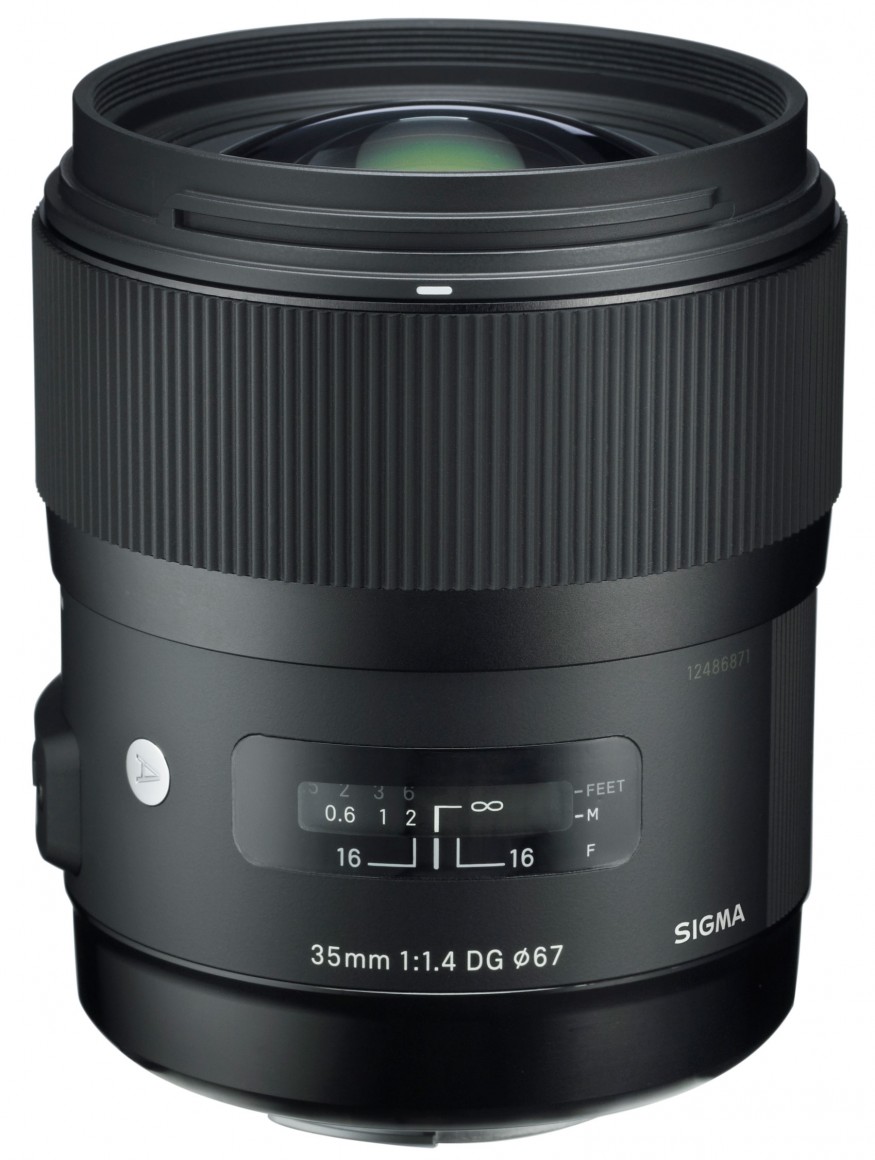

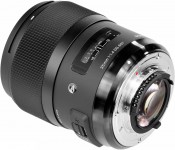
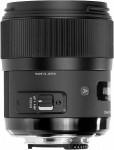
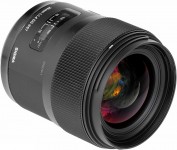
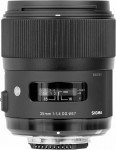
































































































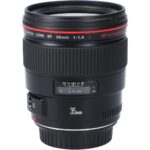
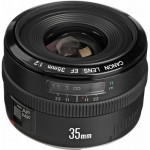
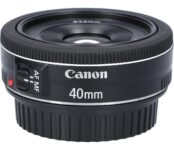
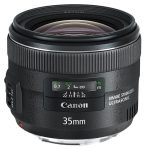
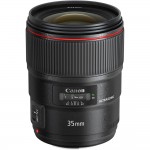

![Tamron SP 35mm F/1.8 Di [VC] USD F012](https://lens-db.com/wp-content/uploads/2015/09/tamron-sp-35-18-01-113x150.jpg)
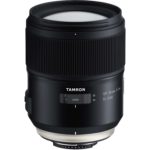
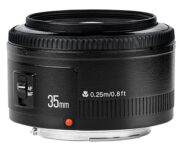


![Sigma 30mm F/1.4 EX DC [HSM]](https://lens-db.com/wp-content/uploads/2012/07/sigma-30-14-ex-dg-hsm-159x150.jpg)
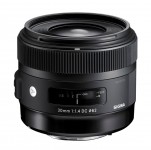
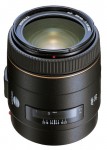
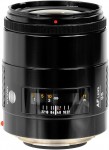

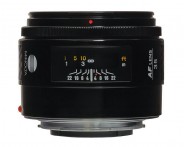
![Sony 35mm F/1.4 G [SAL35F14G]](https://lens-db.com/wp-content/uploads/2012/07/S35F14-01-107x150.jpg)
![Sony DT 35mm F/1.8 SAM [SAL35F18]](https://lens-db.com/wp-content/uploads/2012/07/sony-35-18-125x150.jpg)
